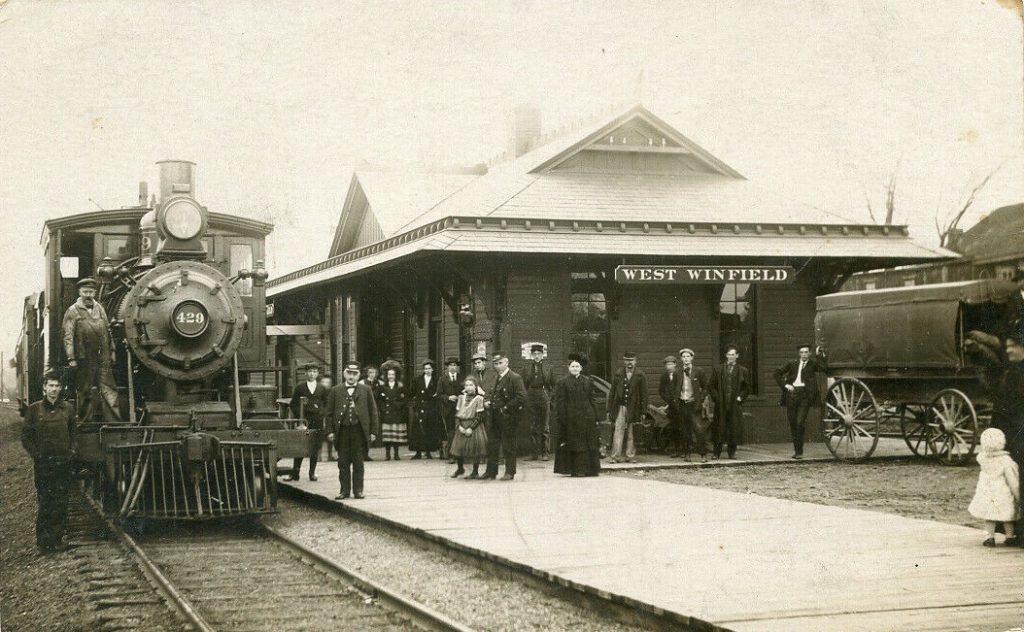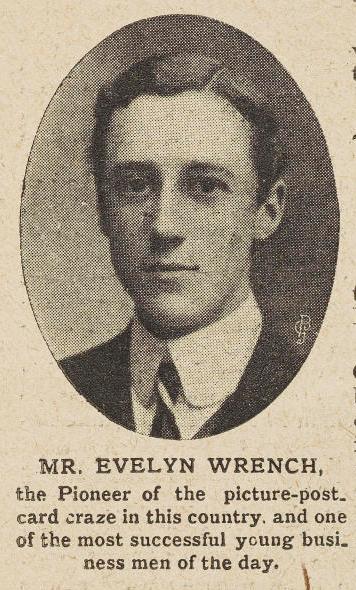Editor's Staff
A Fifth Sunday Special
October 2023
Three Unusual Postcards
Camanche, California
By Shav La Vigne
The history of California, like many states, is filled with stories of towns that thrived and those that disappeared for reasons that many times cannot be explained. In the case of Camanche, California, thanks to a simple postcard the story was thoughtfully told in very few words by its sender.
First a little history. During California’s gold rush years, Calaveras County saw several small towns with peculiar names grow within its boundaries: Poverty Bar, Clay’s Bar, Winter’s Bar, and Limerick were just a few of the names given to these towns by Irish immigrants who settled there. In the 1860s as many of these settlements dwindled, the pioneers, many of whom hailed from Camanche, Iowa, gave their town the same name.
Interestingly, both the old and the new Camanche were misspelled versions of the Native American tribe, Comanche.
The town of Camanche survived for about one hundred years with varying degrees of population. A fire on June 21, 1873, destroyed its sizable Chinatown, and as time went on very few residents remained when the East Bay Municipal Utility District built a dam forming the Camanche reservoir that since the early 1960s has covered the town.
Artifacts of the town have been saved and can be seen at the Calaveras County Historical Society in San Andreas, California.
 |
 |
The postcard that tells the tale was sent to Fred J. Montenohe, Assistant City Editor, The Oakland Tribune, 13th and Franklin Streets, Oakland, Calif. It is postmarked September 1, 1960.
September 1, 1960
Monte: Thought you’d like have card postmarked from historic Camanche whose dusty past will be submerged under 50 feet of water when the new Camanche dam is built here.
West Winfield, New York
by Joseph Hohmann

This real photo card is a study of West Winfield, New York, circa 1908. Several elements of early twentieth century life are evident: fashion, both work-a-day and every day; transportation, rail and horse-drawn carriage; and architecture that was so commons to the era.
This real photo postcard is postmarked 1908. The message on the card speaks of an upcoming visit to, most likely, parents. It is signed “The Kids.” Very little information about this depot is available, which is a bit unusual. The town itself was settled in 1790. In 1910 the population was 726 people, and today it is pretty much the same. However, West Winfield is only one square mile in size, and the nearby Winfield is not much larger. It appears to have been settled by German farmers. It can be said that it is located in the dead center of New York state, just south of Utica. It was named for General Winfield Scott, of the War of 1812 fame. There are several more real photo cards of West Winfield showing other town buildings and two more of the depot.
The railroad servicing West Winfield was the Delaware Lackawanna and Western, or just DL & W. The railroad was formed in 1853, and West Winfield was in the Syracuse and Utica Division, Richfield Branch. In the early years, the DL & W’s main purpose was transporting coal. In later years it had tracks from Hoboken, New Jersey, to Buffalo, New York which was 395 miles. Smaller railroads were purchased over time and travel was possible from Buffalo to Chicago by a transfer to other railroads.
The DL & W had many routes in northern New Jersey. Interestingly, during the late 1940s to the 1960s, on the Gladstone line, passenger service of a one-hour ride to Hoboken, and then within a few minutes on the ferry you could be in New York City. Up to 1960, students from the area would ride trains to high school. No school buses were needed or available. In 1960, the DL & W merged with the Erie Railroad and became the Erie Lackawanna. Conrail took over in 1976.
This postcard was expensive, as most real photo depots are. Some show trains but having just a depot does not seem to matter, pricewise, because many real photo postcard collectors are collecting the town they grew up in, and a small town that has a depot is considered “on the map” (important). On the other hand, railroad buffs also want them.
The other things about this sharp, well-lit image is the train crew as well as the local folk on the platform. The only thing missing is the horse that was pulling the cart. This photo was most likely taken by a professional photographer who got everything together at the right time. He then likely recognized what a great image he had captured and returned to his darkroom to make copies that were sold at the station or the local newspaper store.
Northwich (England) Storehouse at the Salt-works.
by George “Burt” Martin

Salt is not a commodity that is easily associated with the United Kingdom, but thanks to a pioneer postcard manufacturer named Evelyn Wrench, collectors today can study a series of cards from the Wrench Series title “Wish you were here!”

In 1904 the picture postcard craze was just beginning, and few people realized how picture postcards would change their lives.
One person who foresaw what would happen was Sir John Evelyn Leslie Wrench. Born in 1882 in Ireland he was the founder of the English-speaking Union that was meant to foster international communication and education.
In the first decade of the twentieth century Wrench finance a highly speculative printing concern specializing in postcard manufacturing. It was a grand success to the extent that by 1910 most of the postcards sold in London, Paris, Edinburgh, and Dublin carried his corporate imprint. The wealth he gained fostered his later prominence as an author devoted to all things British.
This rather self-serving postcard image of Mr. Wrench appeared in print for the first time on January 2, 1904.
Wrench was the brains behind a series of postcard images which called for the certification of life in the empire. The card above is part of that series. It shows the storage spaces of the salt works in Northwich, England. Found hard against the North Sea, the area is but the one place in the United Kingdom where salt can be manufactured easily. The Salt-works wished you were there. Visitors always welcome.
Thanks to old postcards we can find out so much about mainly forgotten times and buildings. Salt works in England, who would think. Thanks
Correction. The Salt-Works are actually in Northwich, Cheshire. The Lion Salt Works is a living museum today.
Thank you for all these interesting postcards.
I might have skipped these articles since I am more interested in the Klondike gold rush than the California. But then I spotted the name of our very own Herkimer County’s West Winfield! We were lucky to have some fine photographers around here back in the day, both professionals and talented hobbyists.
My boyhood memories include seeing Erie Lackawanna cars attached to trains. In college, I knew a girl who hailed from Lackawanna.
I took the Lackawanna RR to high school, 1956 to 60. Here it is at the end of the line in Gladstone, NJ